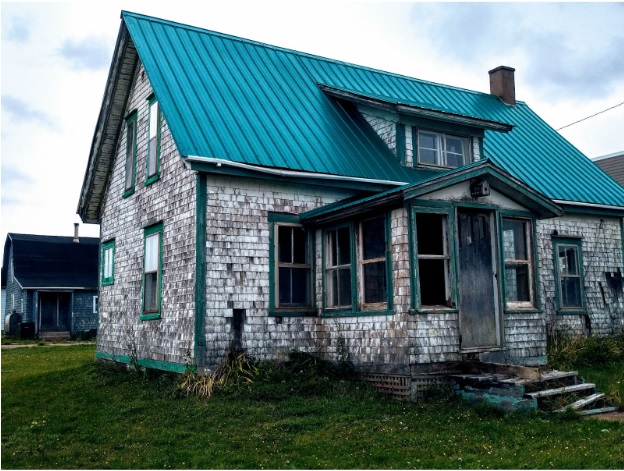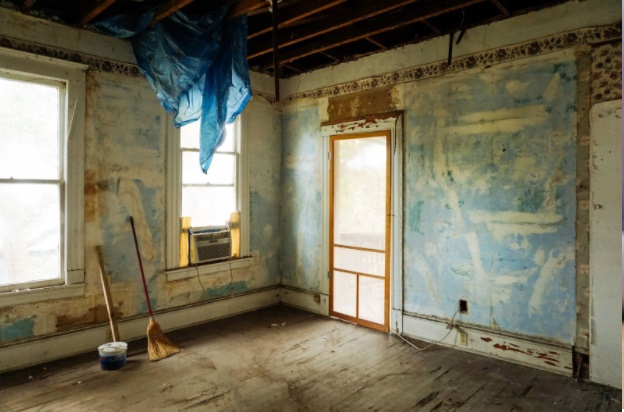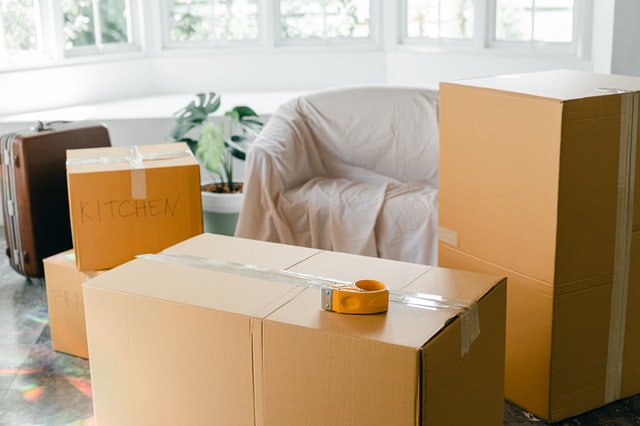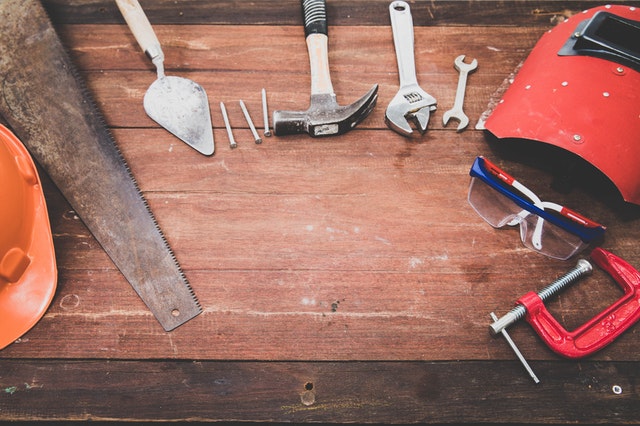
When conducting wholesale deals, contract negotiations become an everyday occurrence in your life. This means that if you aren’t knowledgeable about the requirements and details of wholesale contracts—you can end up losing a deal.
You have to be exceptionally familiar with contracts to be a successful wholesaler, which is why we’re writing this article to dive deep into the key paperwork you’ll need. Nail these on the head, and you can navigate through the world of real estate wholesaling with ease.
What is A Buy and Sell Contract?
Otherwise known as a purchase agreement, this is the contract you enter with the seller of the property. It acts as a legally binding agreement and outlines the terms of the offer between a buyer and seller in real estate transactions.
Your job as the wholesaler is to act as a middleman and find a willing investor to buy the property. That means to need to know how this is the contract permits them to purchase the home. Once you find a buyer, this contract transfers from you—the wholesaler—to the buyer.
The content of the buy and sell contract should have the following:
- The date of the agreement
- The name of the seller/individuals listed on the property’s title
- The buyer’s name
- Property address
- The earnest money deposit.
- The total purchase price of the property
- Financing
- Closing date and transfer of title
- Escrow and closing fees
- The buyer can be assigned to pay the fees
- Or it can be the seller
- Or they can pay equally
- Or they can pay their respective escrow and closing fees
- Signatures of you and the sellers
- Date of signature
This list isn’t exhaustive, but these are the most relevant things you should pay attention to in buy and sell contracts. As long as you have these covered, you should be good to go.
Note that your buyer will also thoroughly examine the agreement before getting into the deal with you. As such, it’s best that you know your way around these contracts well enough to answer their questions and successfully close the sale.
What Is A Seller’s Disclosure?
The State of Michigan requires a seller to complete and sign this disclosure to accompany any and all purchase transactions. It’s meant to protect a buyer from seller misrepresentation about the condition of a residential property.
Since most sellers aren’t aware of this form, you’ll want to keep a copy with your buy-sell contracts. Do NOT ever complete the form though, for a seller—legally they must complete it.
The next one to know is an assignment agreement.
What is An Assignment Agreement?
An assignment agreement is a real estate contract that transfers your rights and responsibilities listed in the purchase agreement to your investor—the new buyer. Often, this can also be referred to as an “Assignment of Real Estate Purchase and Sale” agreement.
After signing this contract, the buyer will take over the purchase agreement, and you’ll be awarded an assignment fee. Only you and the buyer will receive copies of an assignment agreement since the seller is not involved in completing an assignment contract.
An assignment contract needs to contain the following:
- The agreed-upon assignment fee
- The assignor’s name
- The assignee’s name
- The date of agreement on the purchase contract
- The names on the purchase agreement
- Location of the property
- Closing date
- Assignee to pay the security deposit in escrow
- Signatures of you and the buyer
- Date of signature
Once the assignment contract has been signed and fulfilled, the investor will then take over the purchase agreement. After that, the buyer closes on the property and you’ll be awarded your assignment fee.
Wholesaling Contracts Made Easy
There’s a lot of paperwork that comes with wholesaling in the real estate business. If you get in over your head and gloss over every other contract you get into, you can end up losing your wholesale deals—or worse—alienating your potential buyers.
If you ask us, it’s just not a risk worth taking if you want to grow your wholesaling business.
With our help, you’ll have a good idea of how the contracts you’ll be dealing with regularly are done. If you need more help with wholesaling paperwork, feel free to reach out to us!
Have any questions about wholesaling contracts? Let us know in the comments below!











